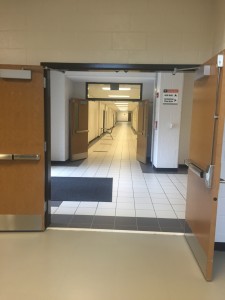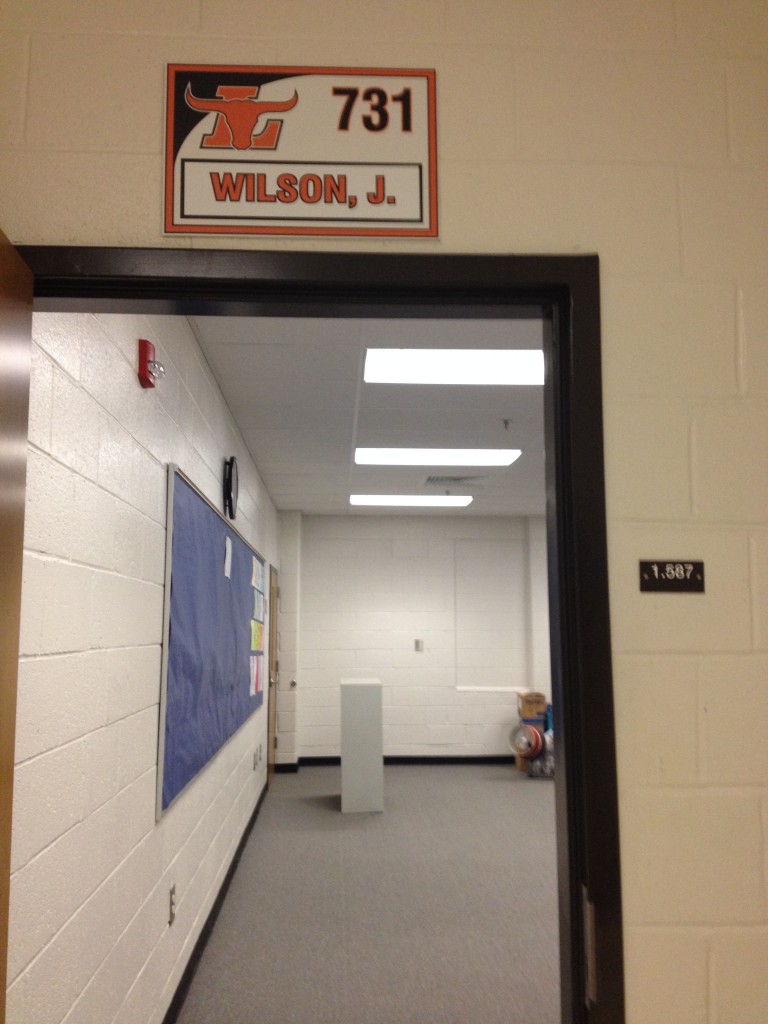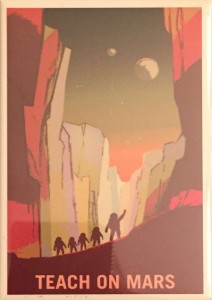 When I stumbled on the #AprilBlogADay challenge 30 days ago, I thought it sounded like an awesome idea. I knew I needed motivation to become more consistently. I decided to sign up and hope I could keep with it. The first few days were the first couple of days were in the run up to spring break, and then spring break arrived. The first 12 days of the month were relatively easy to keep up.
When I stumbled on the #AprilBlogADay challenge 30 days ago, I thought it sounded like an awesome idea. I knew I needed motivation to become more consistently. I decided to sign up and hope I could keep with it. The first few days were the first couple of days were in the run up to spring break, and then spring break arrived. The first 12 days of the month were relatively easy to keep up.
As the month continued, there were definitely a few times when finding time to post was a challenge. However, I wanted to stick with it, and I am so glad I did. I have been able to reflect on my practices, celebrate the amazing things my students are doing, cultivate exciting new ideas, and make connection outside of my classroom.
Thirty days later, I am happy to celebrate successfully blogging every day in April!
I am so glad that I joined #AprilBlogADay. It was worth every minute spent brainstorming and composing posts. I am now looking forward to the continuation of the project with #edBlogaDay. My goal is to read, comment, and share (via Twitter) a different blog each day during the month of May. I will also attempt to continue blogging daily. This part will be a bit of a challenge as the school year is winding down. It’s definitely going to get a bit crazy the last 15 school days and with our Maker Fest on May 16th, but I am sure I will have many amazing stories to share from the last few days of school.
So, once again I invite you to join us for #edBlogADay in May. You will learn so much, and it will be worth every moment you have to spend on it (even if you can’t make every day). I hope to see you next month in #edBlogaDay!






